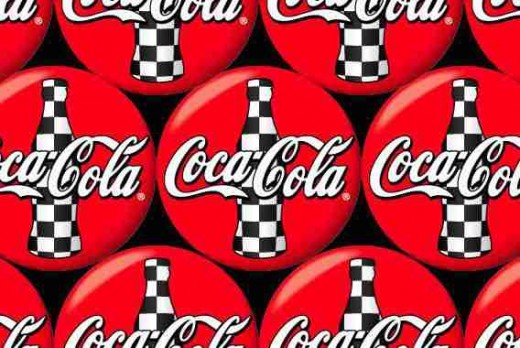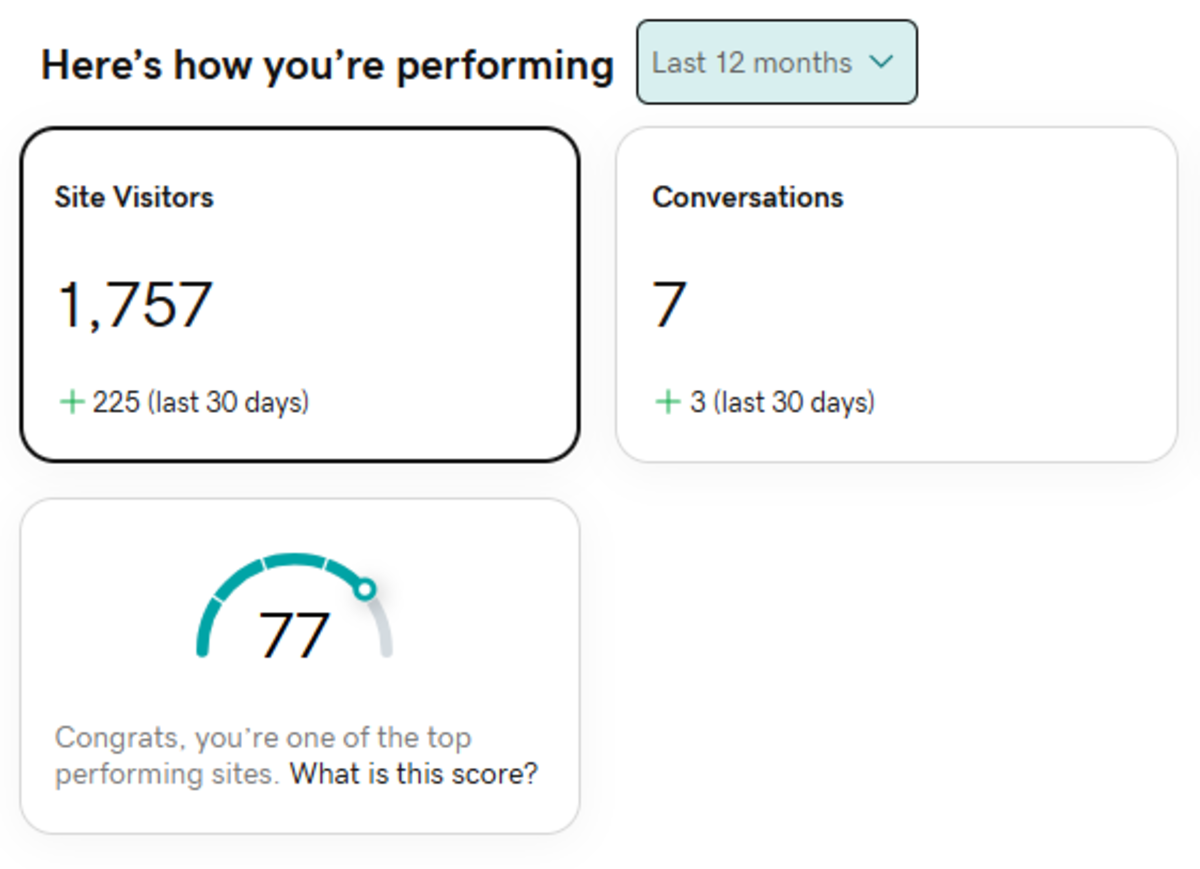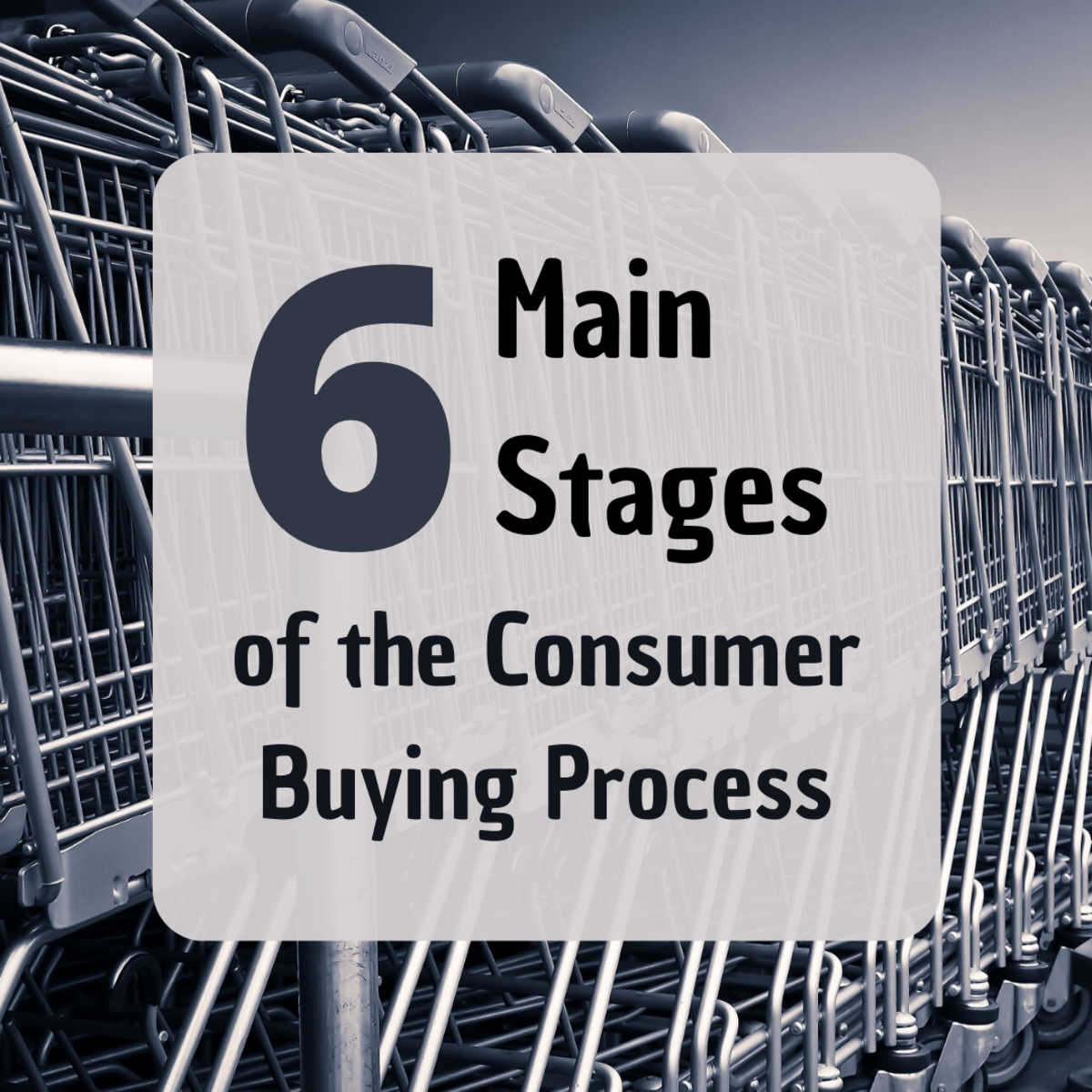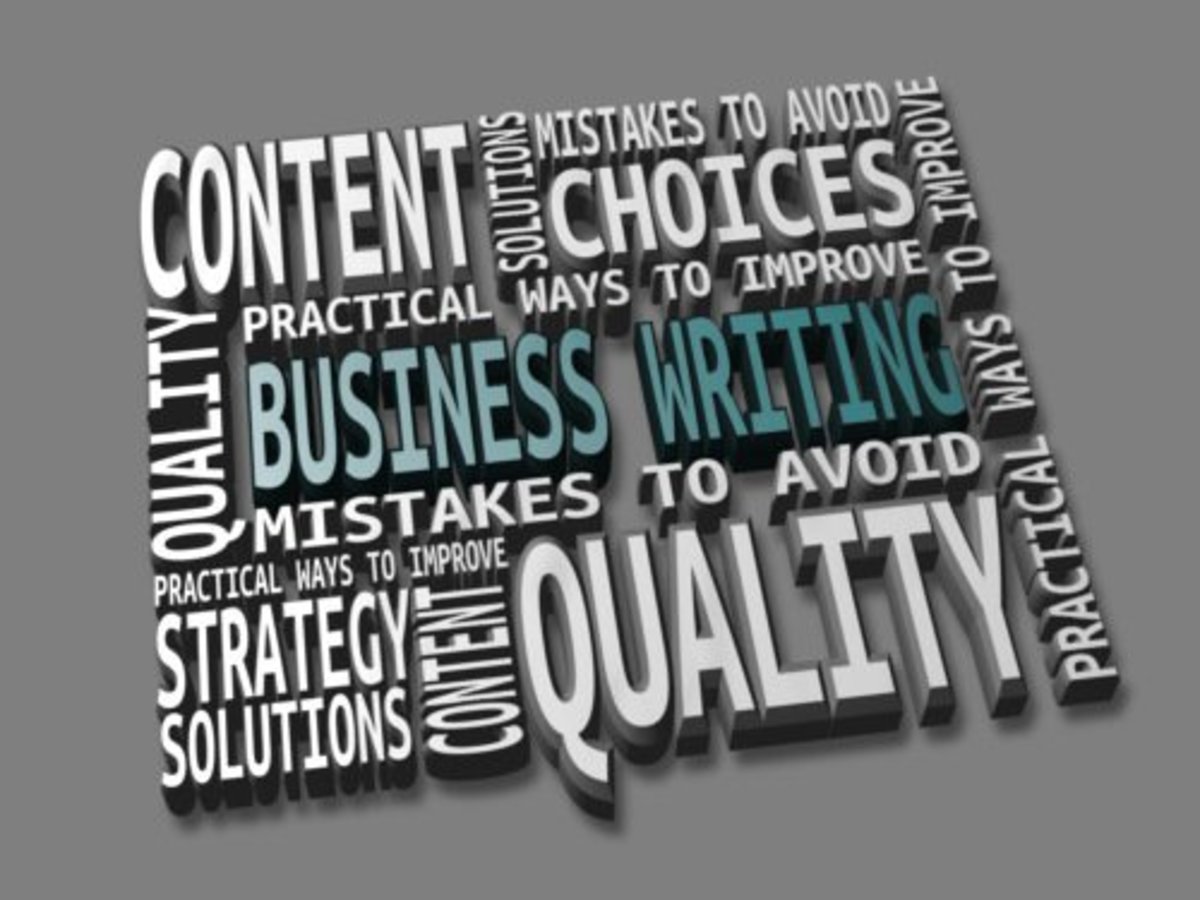Five Vital Things To Keep Your Company Image Fresh
Every organization needs to keep their image fresh and alive. While there are hundreds of ways this can be accomplished, there are five critical a half dozens that are essential. Let's look at them one-by-one.
1. Company logo. The logo is an "instant recognition trigger." To illustrate, what image comes to your mind with the following words: Coke. Ebay. Dell. GE. HP. How did those companies get their logo implanted into your mind? Repetition. Every piece of marketing literature, every email, every letter, every product, every advertisement had their logo prominately displayed. You may not be an "eBay" or a "Dell" but you need to keep your logo in front of your customers and prospects as much as possible. Not a single (no, not one) communication with your prospect, customer, enemy, employee, vendor, banker, passerby should get by without your logo jumping out at them. I'm going to say this one more time: EVERY communication (verbal, visual, sensual, imagined) must include your logo. And that logo needs to be crisp, clear, visual, fresh...you name it. If you don't have a logo or think that it needs refreshing, HIRE A PROFESSIONAL. I've run a number of companies during my 40+ year career. Some of my positions have been in the marketing end of the business. One thing that I realized early on: I'm not creative enough to design my own logo. Oh, don't get me wrong; I've often dabbled with a design. At least a couple times I actually thought I had a great idea. Without fail, however, I found that a professional graphics designer....WAIT, I shouldn't have said that! Let me try again: I found that a professional LOGO designer came up with something far superior. (Did I make my point clear? Yes, there IS a difference between a "graphics designer" and a "logo designer." Yeh, yeh, I know, some of you really creative graphics folks out there will argue with me on that one. I don't mean to say that a "logo designer" isn't creative; not at all. The major difference is a logo designer has a real grasp of marketing, sales, advertising and, most of all, what I call visual impact comprehension. That means they somehow, probably more instinctively than intellectually, "know" the psyche of visual comprehension. That's a fancy way of saying they understand how the human mind works when it comes to making a connection between a visual mark (a logo) and a company/product. But, even with the greatest logo, the ONE and ONLY thing that gets it impacted onto the mind of others is repetition, repetition, repetition. If you take away nothing else, know this: Get a really simple, clear logo and use it on everything, every time.


2. Website. You DO have a website, don't you? Whether it's a simple 5 page "billboard" website or a really comprehensive web portal, your company needs a website. There are entire books (and many fine Hubs) written on websites so I'll not bore you with my lack of knowledge of web design. The point I want to make is this: Keep your website fresh, dynamic, accurate and informative. There is not much more of a turn-off than a website with obviously outdated content. It screams to all visitors "We're uncaring, lack attention to detail, maybe asleep, maybe out-of-business! Don't bother contacting us!". Your website is YOU. Keep it fresh.
3. Business Cards. Unless you perform 100% of your work on-line, you need a decent business card. And, for crying-out-loud, MAKE IT INFORMATIVE AND READABLE. Forget getting overly fancy. We've all seen business cards that were all but unintelligible. Some vital things were printed so small or in such a "fancy" font that your couldn't read them. When designing your business card, put yourself in your contact's position. What do they already know? Why will they look at your card, initially and later? Here is all you need on your business card, listed in order of importance to your contact:
- Your name (make it larger and easy to read)
- A telephone number where they can reach you. This "may" be your office number but you may want to show your cell phone number, especially if you're in a marketing or sales role. (Make this number clear and easy to read; not fancy.)
- Email address (again, easy to ready, clear font.)
- URL.
- Logo. (It can be small but it must be there.)
- Company name (Believe it or not, this is NOT the most important thing on the card. It does need to be there for future reference.)
- Something that tells others WHAT your company does. (More on that in a moment.)
- Your fax number (NOT really important. They can always call to get it, or look on your website.)
Wow! That's a lot! Not really. It can all fit and still look professional. Get a professional business designer to help but be careful not to give a graphics designer carte blanche. Some graphics designers forget the purpose of a business card and try to create a graphics masterpiece. This little work-horse must be clear and readable. Nothing wrong with a little graphic, especially your logo, but be certain the key information is easily readable (e.g., your name, phone number, email address.)
One more thing. How can you handle the providing information on your card about what your company does? Space is at a premium! Or is it? One area that is often ignored is the back of the card. Why leave it blank? I'll never figure out why people with something to sell pay good money to have business cards printed and don't take advantage of the back side of the card to brag about what they do. Use it! Even print-at-home business card stock is available for two-sided printing. The cost is minimal. The impression is huge.
4. Brochures and product literature. Do I really need to tell you why you need to keep your product literature and brochures current and up-to-date? If you don't know, I gotta ask "Why are you in business?" and "What are you going to do when your business fails?"
5. Elevator pitch. What? Yes, your 15-to-20 second pointed, perhaps intriguing, message about what your company does. This is one of the most neglected marketing tools. There has been a lot written about this (much better than I could say it) so I won't elaborate too much. (See a great Hub: _<a href="https://hubpages.com/hub/The-Entrepreneurs-Elevator-Pitch" mce_href="https://hubpages.com/hub/The-Entrepreneurs-Elevator-Pitch" >The Entrepreneur's Elevator Pitch</a>
Just remember this: Your best salesperson is YOU. (I don't care if you're the owner or "just" an employee, YOU are responsible to sell your company's products.) Everyday you have occasion to tell people what you and your company does. Think about what you want them to remember and work on that wording until it becomes second-nature to you. You should be able to recite your elevator pitch (or your slightly longer 30-to-60 second message for when the occasion dictates) on command, perfectly, without hesitation or stumbling. Your message should be well-rehearsed and perfect every time. (Check out this excellent article on how to prepare your elevator pitch: http://www.dumblittleman.com/2007/08/how-to-craft-killer-elevator-pitch-that.html.)
If you're a real master of this art you will make your elevator pitch informative but intriguing, especially when you're speaking to a prospective future customer. A message that will cause the hearer to ask you to tell them more. An example: For about 16 years I was part owner of a company that provided serviced high-tech banking equipment (like ATMs) and specialized software applications for banks. I had two elevator speeches. One was "We service ATMs and provide software to the banking industry." That's the one I used for the general public, friends and those whom I knew were not prospects. However, the message changed when I was in the company of bankers. For instance, if I was at a table of bank CEO's or Presidents, I had one that went something like this: "I help bank's increase their profitability by lowering their equipment maintenance costs." Or, "I help bank CEO's improve the productivity of their Operations Department." Every time, the next word out of their mouth was "How?" Then I would give them my 30-second message which, of course, I had perfectly rehearsed. No more than 30-seconds, ending with another subtle statement that made them ask for more (if they still had an interest; if not, I really didn't want to waste any more time on it anyway.) The point is, I used my "elevator pitch" to provide a concise answer to the common question "what do you do?" I also used it as a catapult into a more lengthy discussion.
Sometimes it's the "small" things that make a difference. May we all pay close attention to the basics, consistently. Keeping the image of your company fresh is just one of the important things. Giving it the attention it deserves will provide the greatest possible assurance of success.








